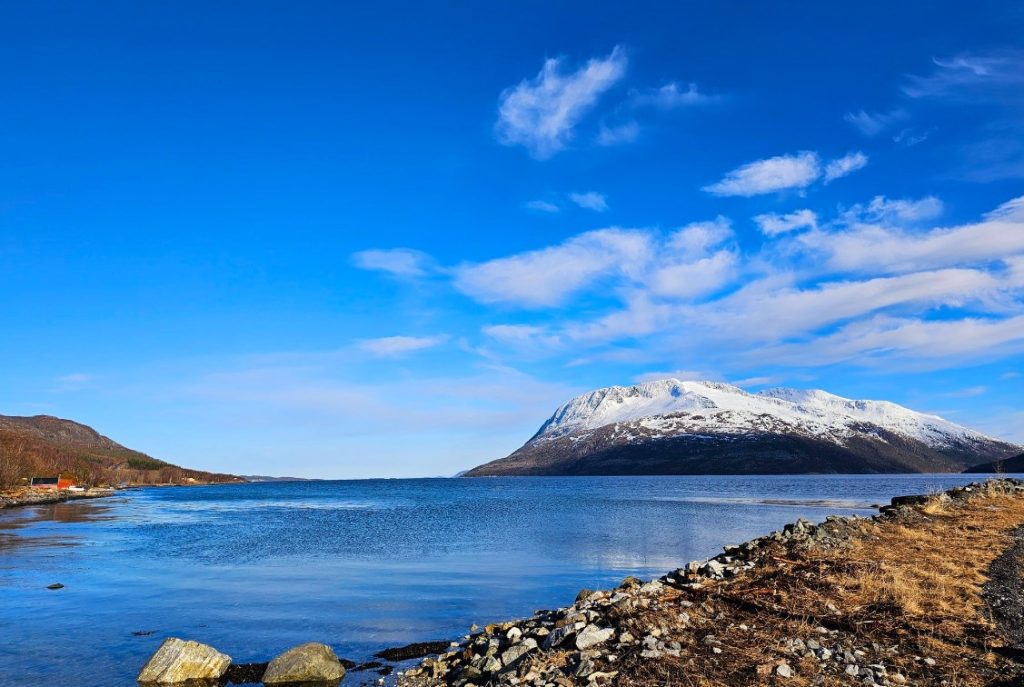Teako Minerals mobilizes field crews to copper-cobalt-zinc projects, Norway

Teako Minerals Corp. [CSE-TMIN] has mobilized a field crew to its Lomunda-Venna and Tydalen copper-cobalt-zinc projects in Trøndelag Province, central Norway (collectively the LVT Program) to initiate a phase one exploration program. This systematic field review will be guided by historical geological/geophysical data and newly acquired high-resolution airborne geophysics data from a survey completed in the Venna area by the Norwegian Geological Survey, released in early 2024.
The Eiker program in District South is expected to conclude in approximately one week whereafter the Company will mobilize all personnel to District Central. For the remainder of the field season, the company’s field crew and its team of geologists will concentrate on the Lomunda-Venna and Tydalen projects, with a primary focus on Lomunda-Venna, to identify potential drill targets.
Highlights: Field crews have been mobilized to the 100%-owned Lomunda-Venna Cu-Co-Zn projects in Trøndelag Province, central Norway. The primary objective of this systematic field evaluation will be to prioritize areas with the potential for the discovery of high-grade Løkken-type VMS deposits and to identify potential drill targets.
Teako is using the new high-resolution airborne geophysics data from an NGU-funded geophysical survey flown in the Venna area. This new data significantly adds to the Company’s existing historical geological/geophysical data sets for the area; combined, they allow for a clearer definition of the prospective stratigraphy for the VMS deposit.
A first-pass field evaluation of the Tydalen Cu-Zn VMS project area, which includes the past-producing Gressli mine, will also be initiated.
The LVT Program: The current exploration program at Lomunda-Venna will focus on geological mapping, soil sampling, and rock chip sampling. Additionally, the program aims to map outcrops similar to the one that led to the discovery of the Løkken deposit, which had a reported historical production of 24 MT at 2.3% Cu + 1.9% Zn.
The program will be guided by the recent regional magnetic data from the Geological Survey of Norway and all other data sets for Lomunda and Venna, including the historical data from and around Løkken. Initial interpretation by the company indicates that the recent data for the Venna area exhibits strong geophysical signatures, similar to the anomalous signature of the historical Løkken deposit. In light of the new geophysical data available, Teako has decided to extend claims over the east of the region to explore the potential for additional mineralization akin to that at Løkken.
The program at Tydalen will focus on mapping, soil sampling, and grab sampling and will utilize historical data for guidance to highlight and confirm mineralization. The proximity of Tydalen to the Langdalsvollen and Våråviken project claims has led to the investigation of combining these projects through license extension, forming a single project to be known as the Tydalen project. Company geologists have seen a potential for multiple mineralizing systems over the area and have staked the ground to allow the team to test their hypotheses. Following the initial program, results from future data interpretation could provide conclusions for further detailed exploration work. This may involve geophysics, detailed mapping, and soil geochemistry, which should provide targets for drill testing.
The Lomunda and Venna projects are located approximately 50km SW and 30km SE, respectively, of the regional administrative center of Trondheim, Trøndelag Province. The primary target types are high-grade copper-cobalt-zinc VMS deposits. The Lomunda concessions, covering 406 km2, lie immediately to the SW of the past-producing Løkken copper-zinc mine, whereas the Venna concessions, covering 497 km2, cover a potential extension of the favourable stratigraphy for Cu-rich VMS deposits to the northeast.
Lomunda lies immediately to the SW of the former Løkken mining district (reported historical production of 24MT @ 2.3% Cu + 1.9% Zn), whilst the Venna project covers similar prospective stratigraphy to the NE of Løkken.
This could potentially indicate further deposits like that of Løkken could be within the geological packages Teako has staked at Lomunda and Venna. A lot of work has been undertaken historically around the Løkken area and Lomunda claims, whilst less information is known about Venna with limited NGU resources available until recently. However, the new geophysics data has confirmed the similarities to the Lomunda area.
The Tydalen project area is located approximately 100km SE of Trondheim and includes the former Gressli Cu-Zn mine. The company’s exploration claims cover a total area of 266 km2. and benefit from highly developed and functional infrastructure such as roads, railways, deep-sea ports, hydroelectric power stations, and nearby airports. Access to the project is along the Tydalsvegen road, which connects the area to the regional capital of Trondheim. Minor roads and forest tracks throughout the license area are usually in good condition.
The claim is located in the Meråker nappe, part of the Upper Allochthon of the Central Norwegian Caledonides. Several sulphide deposits, including the former Gressli Cu-Zn mine, are hosted within the Meråker nappe.
The Tydal-Gressli area specifically comprises two gabbro units in the North and the East, whereas the West of the claim is characterized by a diabase-porphyritic rock. The center shows trondhjemites, amphibolites (mica schists), quartzites, and graphitic schists. Generally, the strike direction is N-S, although the strike changes around the Gressli mine to E-W with a dip towards the south. Possibly, this is due to a large thrust zone extending over the area.
Extensions of the mineralization along strike beyond the historically mined occurrences are likely. The Gressli belt can be traced continuously for 5km towards the south and discontinuously for 12km towards the north [3]. The Rødhammeren deposit is located a few kilometers south of the Tydalen project.
The Langdalsvollen and Våråviken areas are located east of Tydalen-Gressli. These areas’ geology differs from the Gressli area with sulphide mineralization concentrating within biotite gneisses bordering an intrusive granitic body to the west.
